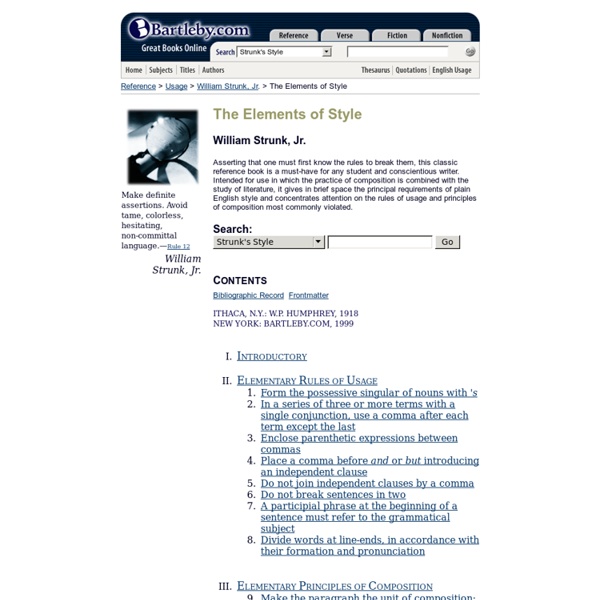



Writing Like a Graduate Student: Research & Writing: Learning Tools: Graduate: School of Continuing Studies: Indiana University As a graduate student in the adult education program, you will write often, and you will be expected to write well. A number of resources can help you hone your skills, including the following: the Writing Tutorial for Graduate Students from Drake University - a wealth of resources on all aspects of writing, revising, and citing, as well as a rubric for academic writing and examples of good, not-so-good, and bad papers Purdue University's Online Writing Lab the writing tools folder that you can find by clicking on the resources link in most of your courses In order to write like a graduate student, you must understand the purpose your article or paper serves. use correct grammar and punctuation. document your sources. Purpose The formal writing assignments you do as part of this program may all seem to resemble each other at first glance, but different assignments have different purposes. Literature Review Most literature reviews use a mix of sources. Book Review/Critique Essay Grammar
Congressional Record Index Using Appropriate Language Summary: This handout will cover some of the major issues with appropriate language use: levels of language formality, deceitful language and euphemisms, slang and idiomatic expressions; using group-specific jargon; and biased/stereotypical language. Contributors:Dana Lynn Driscoll, Allen BrizeeLast Edited: 2012-06-04 02:19:59 When writing, it is very important to use language that fits your audience and matches purpose. Inappropriate language uses can damage your credibility, undermine your argument, or alienate your audience. This handout will cover some of the major issues with appropriate language use: levels of language formality, deceitful language and Euphemisms, slang and idiomatic expressions; using group-specific jargon; and biased/stereotypical language. The following is a short overview of the different aspects of using appropriate language. Levels of Formality: Writing in a style that your audience expects and that fits your purpose is key to successful writing.
Academic Writing Guide APA, WRITING, EDITING, and PROOFREADING GUIDE Lee Bowman ELearningProf.net lbowmanprof@yahoo.com © 2006 updated August 2007 Please note that everything included in this guide will be graded in your paper. Take the time to proofread and edit your paper according to all the APA formatting and graduate level writing information included in this resource. PAPER FORMAT: All written papers must be formatted as follows: DO NOT: **type page headers or page numbers. Title page: Always use only Times New Roman 12 point font; no bold print. HOW TO WRITE A THESIS STATEMENT, INTRODUCTION, & CONCLUSION The thesis statement is part of the introduction and not a separate part of the paper. LEO Thesis Statements OWL: The "SO WHAT" Test UNC Handout Thesis Statements DO NOT ANNOUNCE the thesis of your paper with phrases such as “I will discuss……” or “This paper will…...” From : A thesis statement is a sentence that makes an assertion about a topic and predicts how the topic will be developed. UNC Handouts